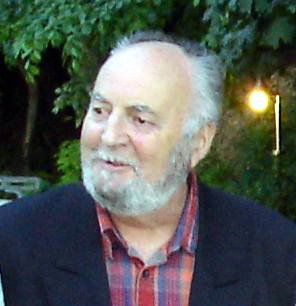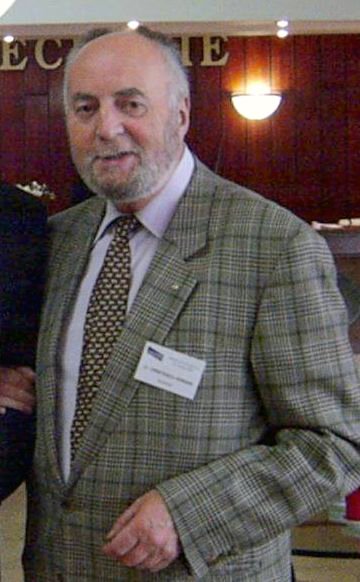Spinal Reconstruction Clinical Examples of Applied Basic Science, Biomechanics and Engineering
edited by Kai-Uwe Lewandrowski University of Arizona and Center for Advanced Spinal Surgery Tucson, Arizona, U.S.A.
Michael J. Yaszemski Mayo Clinic College of Medicine Rochester, Minnesota, U.S.A.
Spinal fusion remains at the center of many reconstructive procedures of the spine. However,
several new concepts have recently emerged, which led many spine surgeons to rethink
traditional approaches to common clinical problems. Examples of these new trends include
use of artificial disc replacements for reconstruction of degenerated spinal segments instead
of interbody fusion devices, percutaneous pedicle screw fixation systems instead of open
screw placement, and minimal invasive decompressions through small percutaneously
placed tubes instead of open, wide laminectomy procedures through large incisions. Minimally
invasive techniques are now aided by computerized navigation systems; substitute, and
expander materials are increasingly employed as adjuncts to autologous bone grafts; and
growth factors, such as BMP-2, are now strongly considered as a replacement material for
iliac crest bone grafts.
2007
http://rapidshare.com/files/159203894/Spinal_Reconstruction__Clinical_Examples_of_Applied_Basic_Science__Biomechanics_and_Engineering._Inf
Abonați-vă la:
Postare comentarii (Atom)



Niciun comentariu:
Trimiteți un comentariu